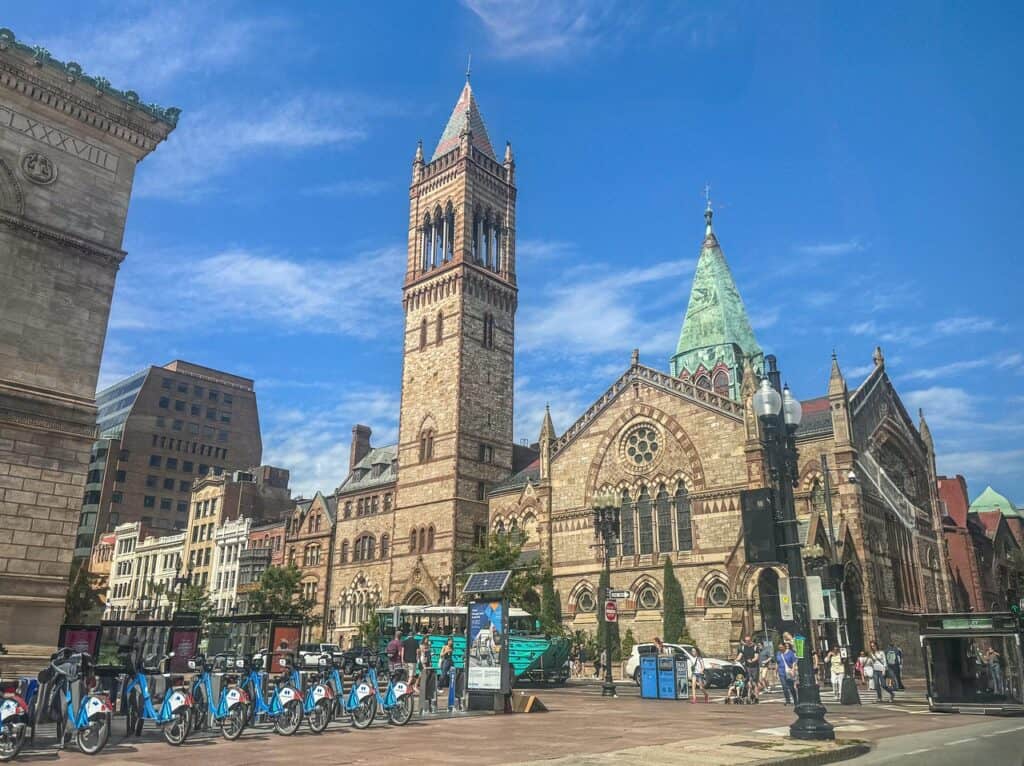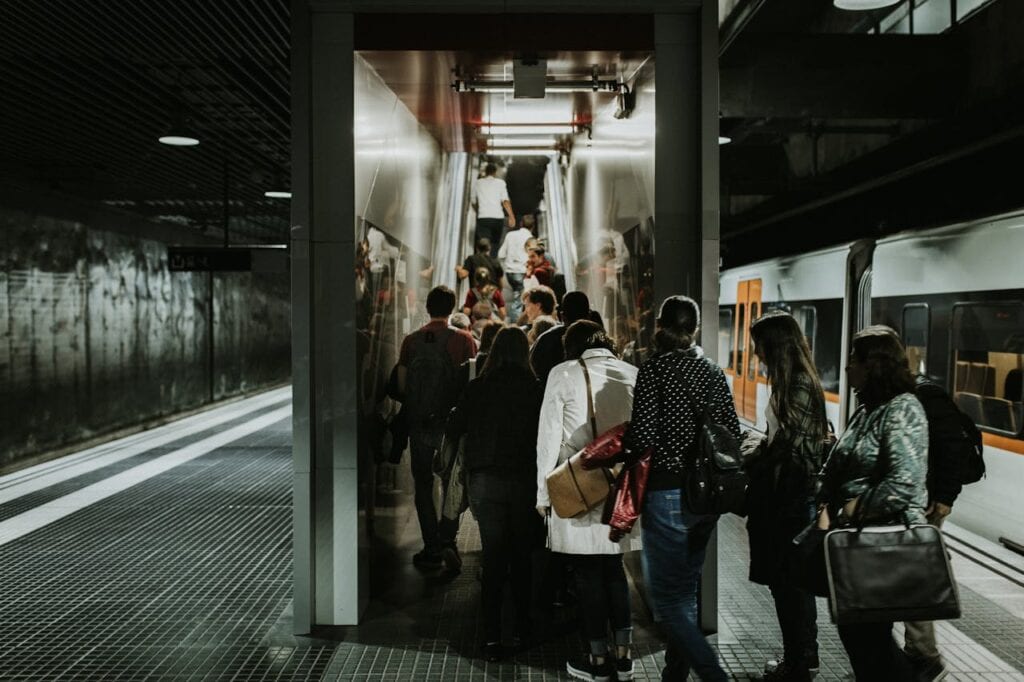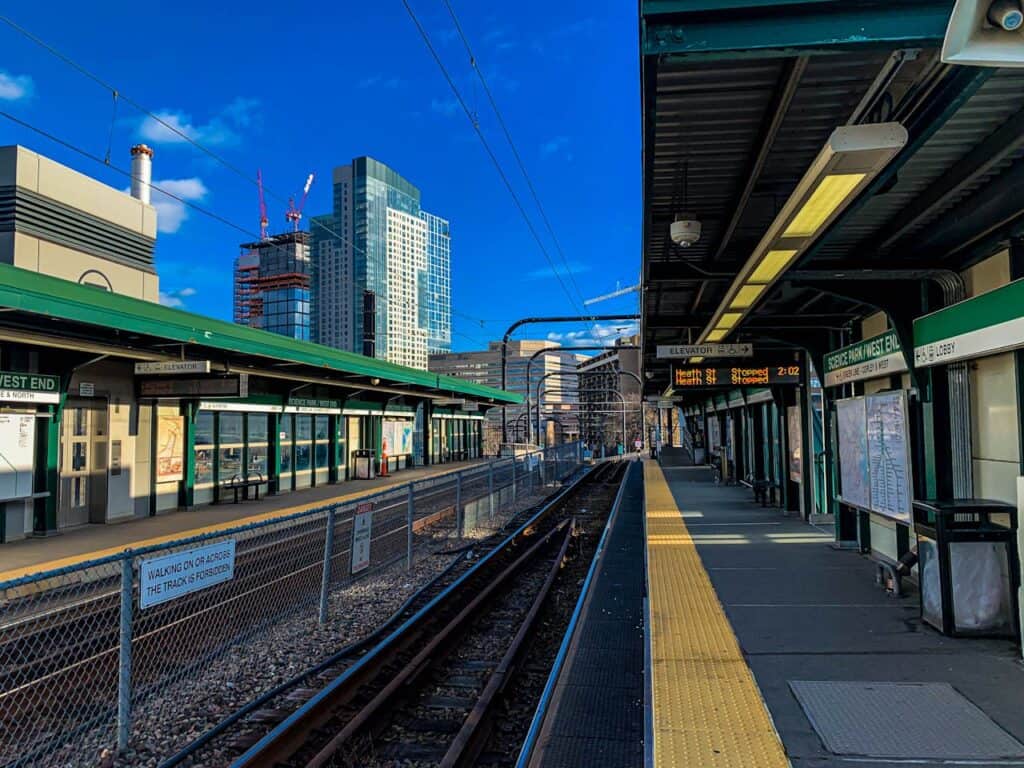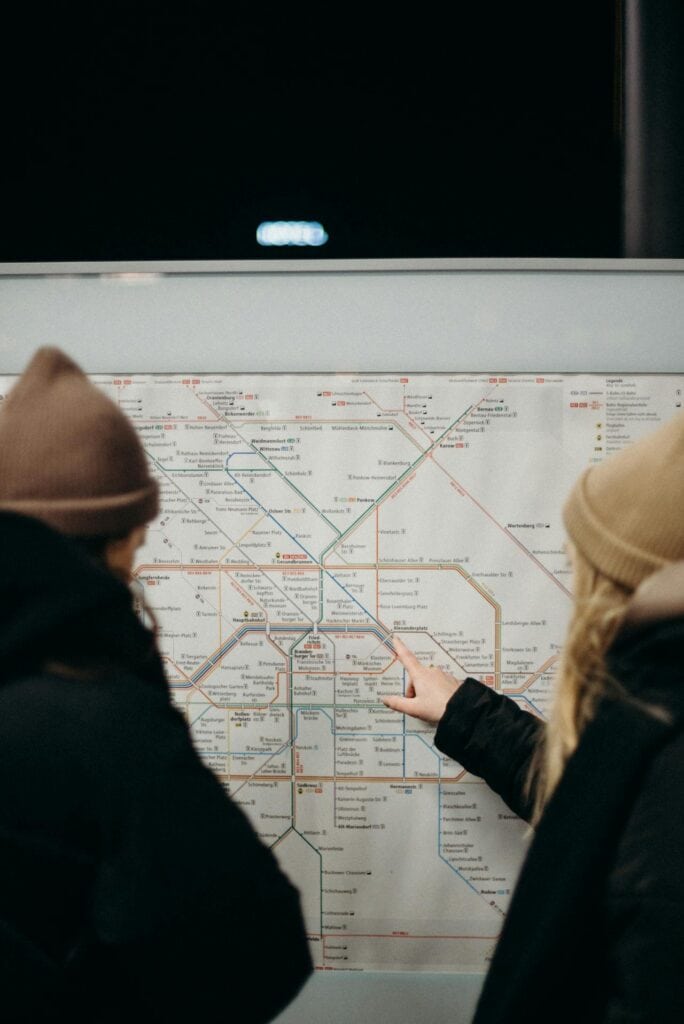We may earn money or products from the companies mentioned in this post. This means if you click on the link and purchase the item, I will receive a small commission at no extra cost to you ... you're just helping re-supply our family's travel fund.

When you visit a city, how easy it is to get around can make or break the experience. That’s why Boston’s new ranking as the “Best U.S. City for Public Transit” matters; this city isn’t just historic and attractive; it’s built to move people efficiently.
What this really means is Boston offers a dense, well-connected network (subway, buses, commuter rail, ferries) that beats most American cities. It’s not perfect; there are crowded lines, occasional delays, and aging infrastructure but for travelers, it offers more options than most places.
In this article, we’ll break down what makes Boston’s transit system stand out, where it still needs work, and how it compares to peer cities. Use this as a guide if Boston is on your next travel list and for what to expect once you arrive.
Why Boston Tops the Transit Charts

Boston didn’t get this title by luck. Several measurable strengths push it to the front when it comes to moveability. But it’s also about how those numbers translate into real, usable experience for people (including travelers). Let’s dig into what gives Boston the edge.
Station Density & Network Reach
Boston boasts 41.45 public transit stations per 100,000 people, the highest among U.S. cities.This density means you rarely have to walk far to catch something, whether you’re in a historic neighborhood or near the waterfront.
The MBTA (locally “the T”) provides subway, light rail, buses, commuter rail, and ferries giving multiple modes for different distances and routes.
That variety also helps when one mode is disrupted: there are alternatives you can switch to.
Historical Infrastructure with Modern Use
Boston has one of the oldest subway systems in North America, yet parts remain heavily used.
While age presents challenges (maintenance, modernization delays), its core has been built out over decades and woven into nearly every neighborhood.
That gives travelers a dependable backbone if a subway line doesn’t quite match your route, chances are a bus or commuter rail leg will fill the gap.
It’s not flawless: some stations still need upgrades, and accessibility varies. But the foundation is there.
Affordability & Practicality for Travelers
Riding public transit in Boston often costs far less than driving (when you factor in parking, gas, and congestion).
For visitors, that means you can favor transit over taxis or rideshares without losing freedom of movement.
Additionally, the integrated system means fewer “dead legs” or gaps where you’re stuck without an option.
The system’s scale and coverage make it realistic to stay transit-first while seeing much of the city.
What Travelers Should Know (Realities & Tips)

Even a top transit city has friction. Here’s what to watch out for (and how to manage it) as a visitor.
Peak-Hour Crowds & Timing
Rush hours can make even the best transit systems grind to a crawl.
In Boston, inbound toward downtown mornings (~7:30–9:30 AM) and outbound evenings (~4:30–6:30 PM) are busiest.
Trains and buses may run more slowly, with longer waits.
If you can schedule your sightseeing outside those hours, you’ll avoid the worst of the crowd.
Accessibility & Station Conditions
Some older stations still need upgrades for elevators, ramps, or better signage.
Accessibility is improving, but travelers with mobility needs should double-check station details before they go.
Some bus stops or platforms might lack full shelter or official announcements.
Apps and MBTA’s website help, but always have a backup plan.
Last-Mile & Multi-Modal Gaps
You might reach “near your point of interest” but still need a short walk, scooter, or bike.
Certain neighborhoods (especially on edges or steep terrain) are harder to serve by rail or fast buses.
Ferries help where water access is relevant.
Using a bike-share or rideshare for that final stretch can fill in the gaps efficiently.
Boston vs. Other U.S. Cities

Having strength doesn’t mean you’re perfect or unmatched. Let’s see how Boston stacks up and where it lags.
Comparisons with Peer Cities
Cities like New York, San Francisco, Washington D.C. also have dense transit systems.
Boston’s advantage is in station density relative to its population, giving good coverage without overwhelming scale.
But in absolute terms, NYC still has more lines, more frequent service, and more transit types.
Boston’s system is competitive, especially in the Northeast where distances between urban centers are shorter.
Where Boston Lags
Service frequency outside core hours is less robust in Boston compared to some top-tier transit cities.
Coverage in rapidly growing suburbs sometimes lags behind demand.
Some transit modes (light rail in certain areas, bus priority corridors) are less mature than in some West Coast cities.
Still, Boston’s advantages tend to outweigh those shortcomings for many travelers.
Conclusion
Boston’s public transit system is a rare example in the U.S. of breadth, density, and practical usability converging for both locals and visitors. While it struggles with aging infrastructure, peak-hour crowding, and gaps in peripheral coverage, its advantages make it one of the strongest transit cities you can visit. If you travel smart plan your times, use apps, accept walking or multi-modal legs you’ll find getting around Boston easier than you might expect.